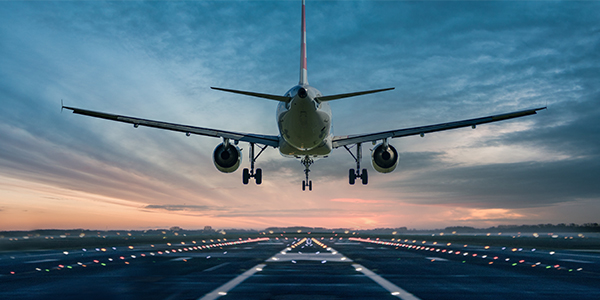There’s no question that a pilot shortage has contributed greatly to the summer of chaos in the airline industry. Carriers have been short-staffed in virtually every area but the simple fact remains if there’s no one to fly the plane, flights are getting delayed and canceled.
The lack of pilots has been an issue for years as aging captains were rotated out due to the mandatory retirement age. Now a global consultancy says its research has found that the situation that has been brewing for years could take years – perhaps even 10 – to right itself.
Management firm Oliver Wynn has produced a study that found the crisis is worsening.
“As air travel demand continues to recover in 2022, our most recent forecast now projects that demand for pilots will outstrip supply in most regions globally between 2022 and 2024 — and continue to worsen over the next decade,” the firm wrote. “We now expect global aviation to be short nearly 80,000 pilots by 2032, absent a downturn in future demand and/or strenuous efforts by the industry to bolster the supply of pilots.”
Like many airline CEOs and aviation experts, Oliver Wyman forecast in early 2021 that an impending pilot shortage was on the horizon. This was contrary to reality at the time, as COVID-19 was decimating the airline industry and any recovery appeared years away.
Now Oliver Wynn found that the combination of mandatory retirement for pilots aged 65, buyouts, early retirement, and the surging demand by the flying public has proven to be too much.
“Under current conditions, it doesn’t look like this will be enough to cover increasing demand and the bow wave of retirements the industry will face over the next decade,” the firm wrote. “As a result, we expect that North America will be short nearly 30,000 pilots by 2032.
The consultancy also expects the Middle East to be the region affected soonest by the shortage outside of North America, driven by a projected sharp increase in air travel demand over the next few years. The region could face a shortage of 3,000 pilots by 2023 and 18,000 by 2032.
























